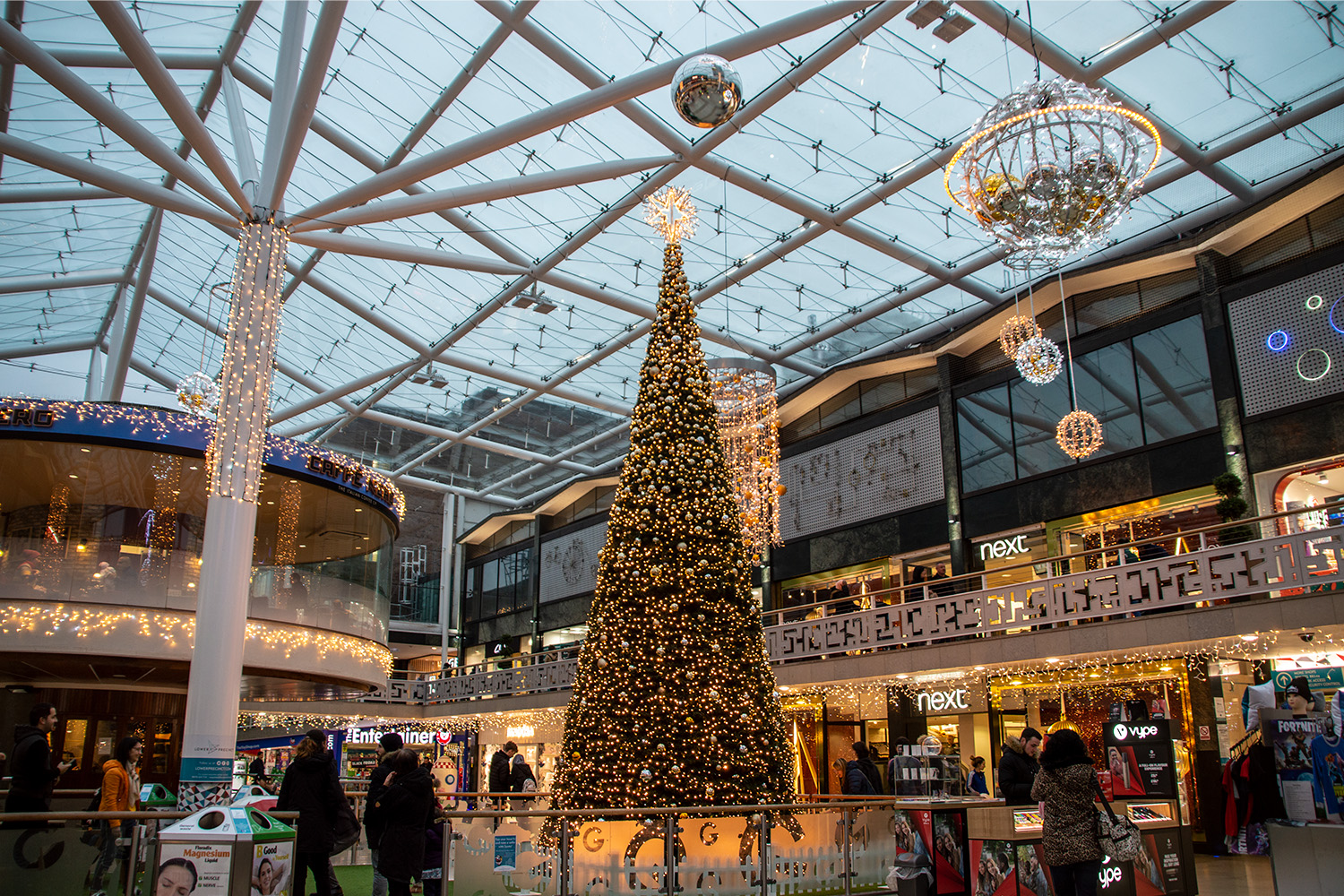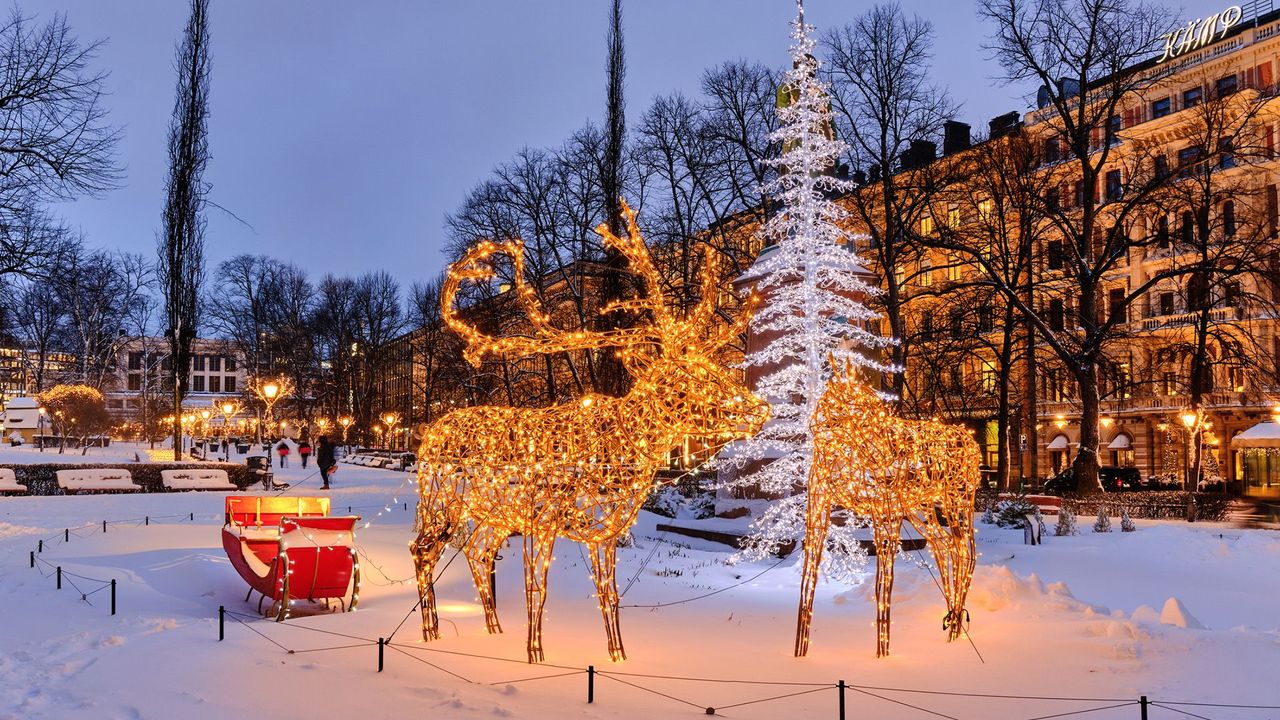As businesses prepare for what is traditionally the most commercially significant stretch of the year, there’s a growing sense that the elusive Christmas peak may finally return in 2025. Referred to by many as the “Golden Quarter,” Q4 has historically delivered the kind of sales uplift that almost define annual performance across retail, food processing, and manufacturing sectors. But recent years have disrupted this rhythm – leaving businesses wondering: will this year mark a return to form?
With early indicators pointing to improved consumer sentiment, increased confidence in seasonal spending, and technology reshaping how we shop, there is cautious optimism across the industry. But amid ongoing supply chain complexity, are businesses truly ready for what could be a return to traditional festive demand or could lingering uncertainty turn optimism into operational strain?
The Evolving Face of Seasonal Retail
While Christmas trading has always been a cornerstone of the UK retail calendar, the way consumers engage with the festive season has shifted dramatically, but consumer expectations have matured beyond the convenience of online ordering alone.
In 2024, internet retail sales accounted for up to 30.3% of total retail sales [1], a figure expected to rise further this year. However, as James Rigg, CEO of Trojan Electronics and Commercial Director at Buy It Direct, points out, “It’s no longer just about where consumers shop – it’s how they want to shop. Flexibility, speed, and a seamless cross-channel experience are now standard expectations.” [2]
This is echoed by Moe Dhanji, Strategic Account Director at Feedonomics, who notes the rise of the so-called “precision shopper”: a consumer segment less driven by price alone and more focused on product relevance, quality, and convenience. “It’s not about discounts anymore,” Dhanji explains. “It’s about intelligent discovery and thoughtful purchases, supported by a tech-first, customer-centric retail model.”
Even shopping timelines are shifting. According to research conducted by Censuswide for Snapchat, nearly half of British consumers now plan to shop between Christmas and New Year rather than during traditional promotional periods like Black Friday. This extended shopping window forces retailers to rethink how they manage inventory, promotions, and customer engagement, not just for December, but well into January.
Early Pressure on Supply Chains
The challenge for 2025 is not just if there will be a peak, but when it will begin – and how long it will last. Early indications suggest that the seasonal rush may start earlier this year, as retailers front-load inventory and attempt to de-risk Q4 with longer promotional calendars and more flexible delivery strategies.
But this also means increased strain on logistics and manufacturing capacity over a more extended period. For sectors such as food processing, which must manage short shelf lives alongside high volumes, the balance between ramping up production and maintaining quality becomes even more precarious.
Retailers, especially those with omnichannel models, will need to plan well ahead to ensure distribution centres, warehouse operations, and last-mile logistics are all aligned. This requires investment not just in infrastructure but in intelligent forecasting and real-time visibility across the supply chain.
Economic Trends Point to a Rebound
The past few years have taught businesses anything, it’s to treat economic projections with caution. But the 2025 outlook is notably more upbeat.
Retail Economics reports that Q4 2024 posted modest retail value growth of 0.7%, suppressed by cost-of-living concerns and Autumn Budget implications. However, macroeconomic conditions have improved entering 2025 [3]. According to KPMG, consumer spending is expected to grow by 1.8% this year, nearly doubling 2024’s growth rate of 1%. GDP growth forecasts from the IMF and Bank of England further support the narrative of economic recovery [4].
There’s also evidence of a cultural shift in consumer spending. Instead of pulling back entirely, consumers are spending more strategically by seeking value, not just lower prices.
However, as the Gfk Consumer Confidence Index (edges down to –19 in July 2025 from –18 in June) , slipping from a 6-month high as households grow increasingly cautious amid rising concerns over tax and inflation, coupled with inflation rising to 3.6% in June, could this point to consumers being more cautious with spend this peak [5].
Technology’s Defining Role in Peak Performance
If 2025 does indeed mark the return of the festive surge, technology will likely be one of the key enablers. Generative AI, already playing a significant role in retail discovery and personalisation, is fast becoming an essential tool in the holiday buying journey.
A 2024 study showed that 95% of UK consumers would use AI tools to assist with Christmas gift selection—whether through recommendation engines, gift list builders, or interactive shopping bots [6]. For retailers and ecommerce platforms, this presents a significant opportunity to personalise engagement at scale and reduce friction at checkout.
Beyond the front end, AI is also revolutionising forecasting, inventory management, and operational planning. For businesses hoping to capitalise on the 2025 peak without overextending themselves, intelligent automation could be the differentiator between success and stockouts.
Strategic Recommendations for Q4 2025
With the shape and scale of this year’s Christmas peak still uncertain, preparation and agility will be critical. Businesses should consider the following actions to optimise their performance across the festive period:
- Plan early and plan smart: Anticipate extended demand windows and begin stock planning well ahead of schedule.
- Adopt a flexible logistics model: Explore partnerships or managed services to accommodate variability in volume and timing.
- Invest in intelligent tech: From AI-driven forecasting to dynamic delivery routing, technology will be key to operational resilience.
- Prioritise omnichannel cohesion: Ensure a seamless experience across online, in-store, mobile, and social commerce channels.
- Lean into sustainability: Consumers are increasingly aware of environmental impact—eco-packaging and responsible logistics matter more than ever.
- Upskill seasonal staff: Equip temporary teams with the training and tools they need to deliver on your brand promise.
Is Your Supply Chain Ready?
While no forecast is bulletproof, could 2025 be the first true return to seasonal demand in several years. Businesses that have streamlined operations post-2020 may now need to pivot again – this time toward agility, responsiveness, and proactive risk mitigation.
For many, that means rethinking traditional logistics models and exploring more flexible, scalable options. As Ian Cramb, Managing Director at X2 (UK), explains:
“The question isn’t whether there will be a Christmas peak in 2025—it’s how businesses will respond to it. We’re seeing renewed optimism, but that must be matched with operational flexibility. Logistics needs to work harder than ever, and the ability to scale capacity without scaling risk will be essential.”
If 2023 and 2024 were years of caution and consolidation, then 2025 might just be the year of controlled expansion. But doing so requires not just optimism—it requires operational confidence.
Want to capitalise on Christmas Peak 2025 without overcommitting?
Get in touch with X2 today to discover how our flexible logistics solutions can support you this Christmas peak.


